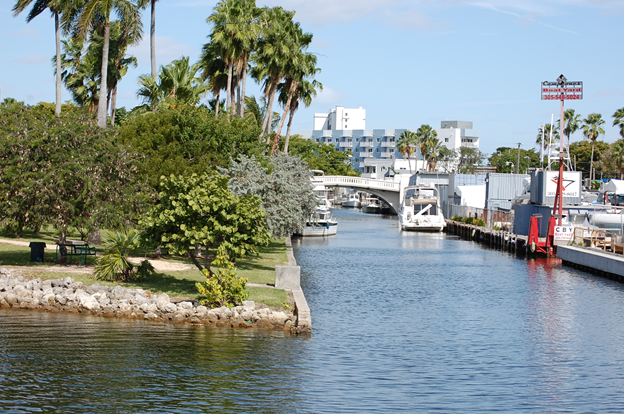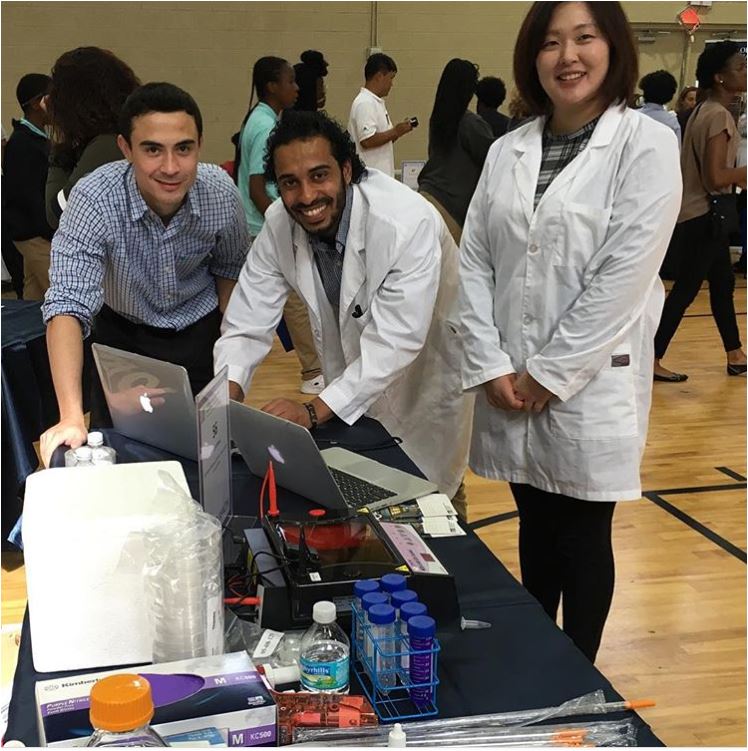The health of our environment has long been known to have a huge impact on human health and wellbeing. Exposure to contaminants in our air and water can increase the risk of many diseases or health complications that are otherwise preventable. Some pollutants and industrial chemicals, such as pesticides, can have specific effects on the endocrine system. These types of chemicals can get into our waterways and contribute to vascular toxicity and dysfunction (e.g., atherosclerosis, tumor angiogenesis, etc.) in the vascular endothelium, the tissue that forms a single layer of cells lining various organs and cavities of the body.

To detect gene-environment interactions in the vascular endothelium, Christian Perez, a graduate student with the NSF CREST Center for Aquatic Chemistry and Environment is using cutting-edge methods to estimate risks from chemical exposures at the molecular level. By looking at large and complex datasets derived from human brain tissue, Perez will be able to determine environmental or genetic factors that contribute to diseases such as Cerebral Amyloid Angiopathy, Pulmonary Arterial Hypertension, and Autism spectrum disorder.wellbeing. Exposure to contaminants in our air and water can increase the risk of many diseases or health complications that are otherwise preventable. Some pollutants and industrial chemicals, such as pesticides, can have specific effects on the endocrine system. These types of chemicals can get into our waterways and contribute to vascular toxicity and dysfunction (e.g., atherosclerosis, tumor angiogenesis, etc.) in the vascular endothelium, the tissue that forms a single layer of cells lining various organs and cavities of the body.
“The use of big data with environmental health information allows our team to understand complex molecular mechanisms that are difficult to determine by the classical lab approach,” said Perez. “This work expands our knowledge of genetic networks and can help advance the field of vascular health therapeutics.”
The ultimate objective of this research is to provide applications for early identification of these diseases. Through big data analyses, Perez and his team are learning more about the public health implications of human-caused chemicals in our environment and how to better detect and understand their impacts.


The NSF CREST Center for Aquatic Chemistry and Environment is housed within the Institute of Environment, a Preeminent Program at Florida International University.